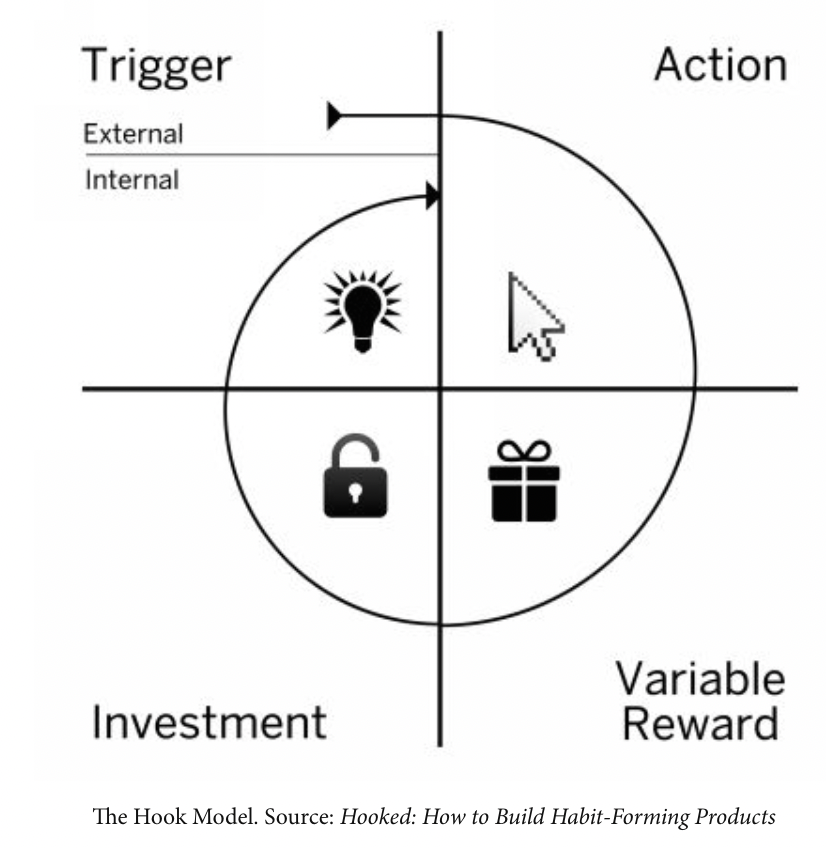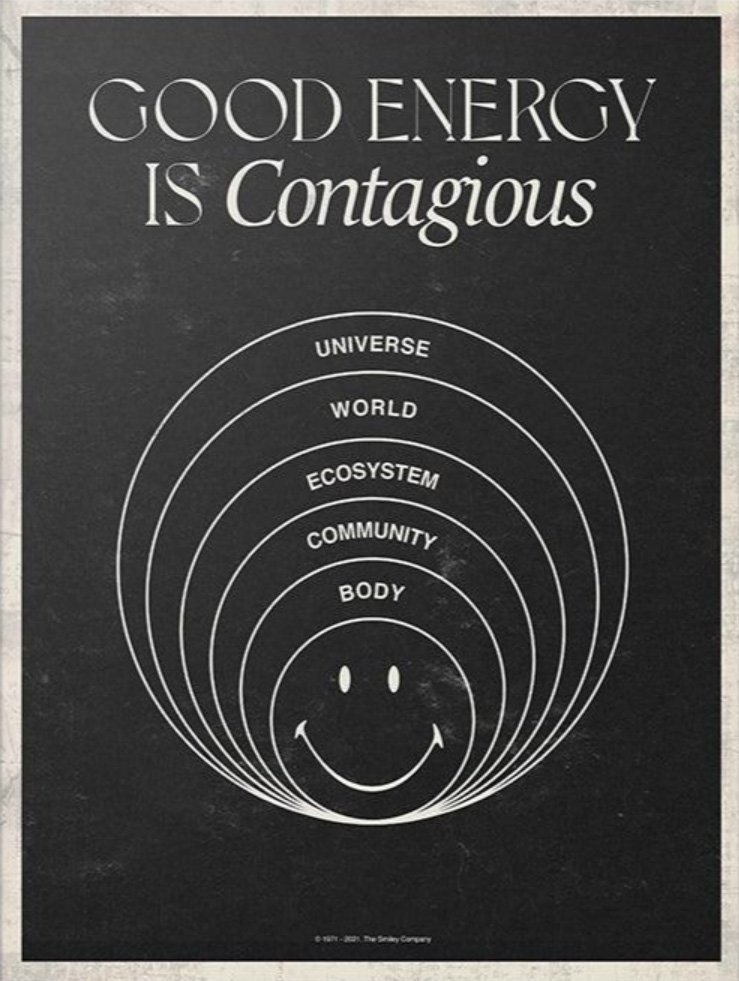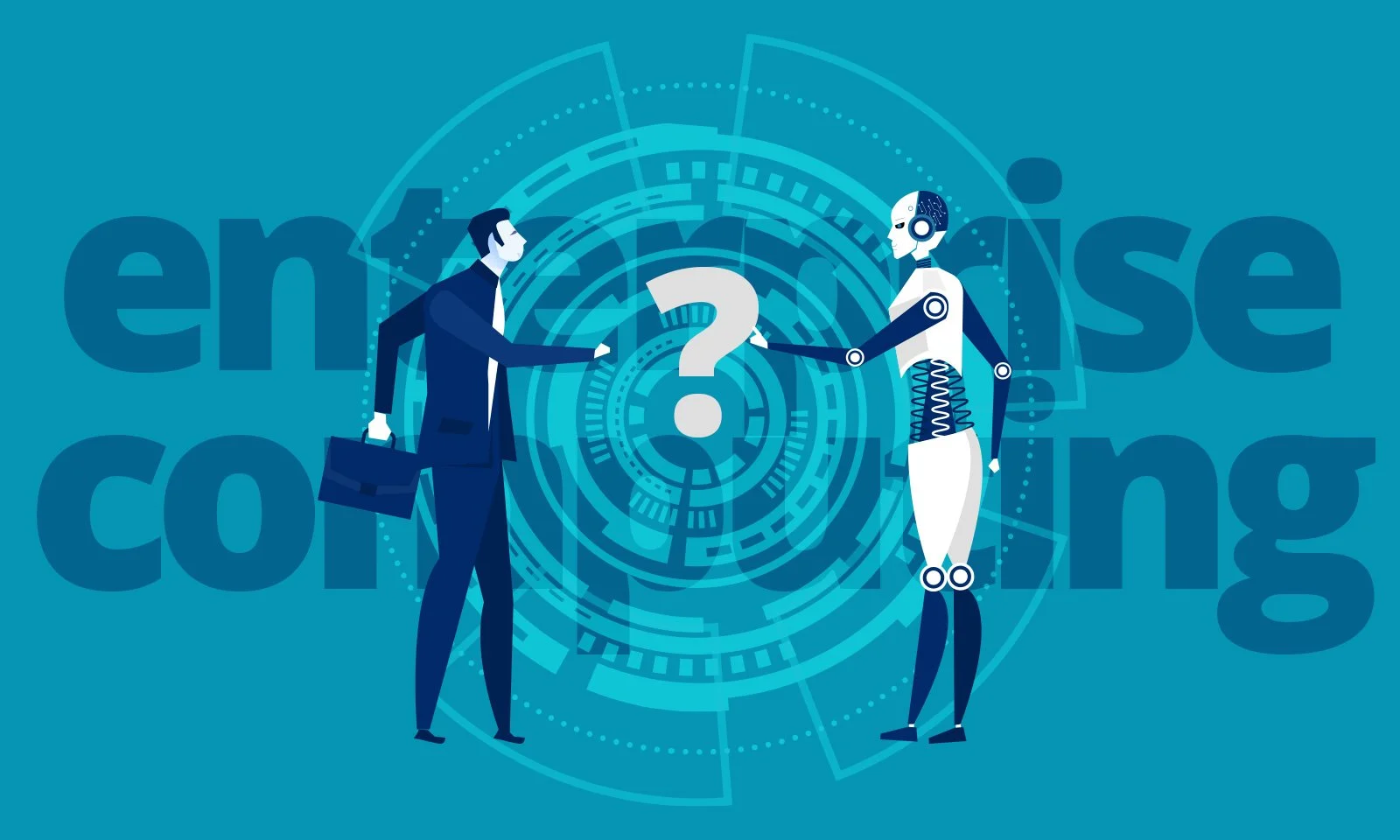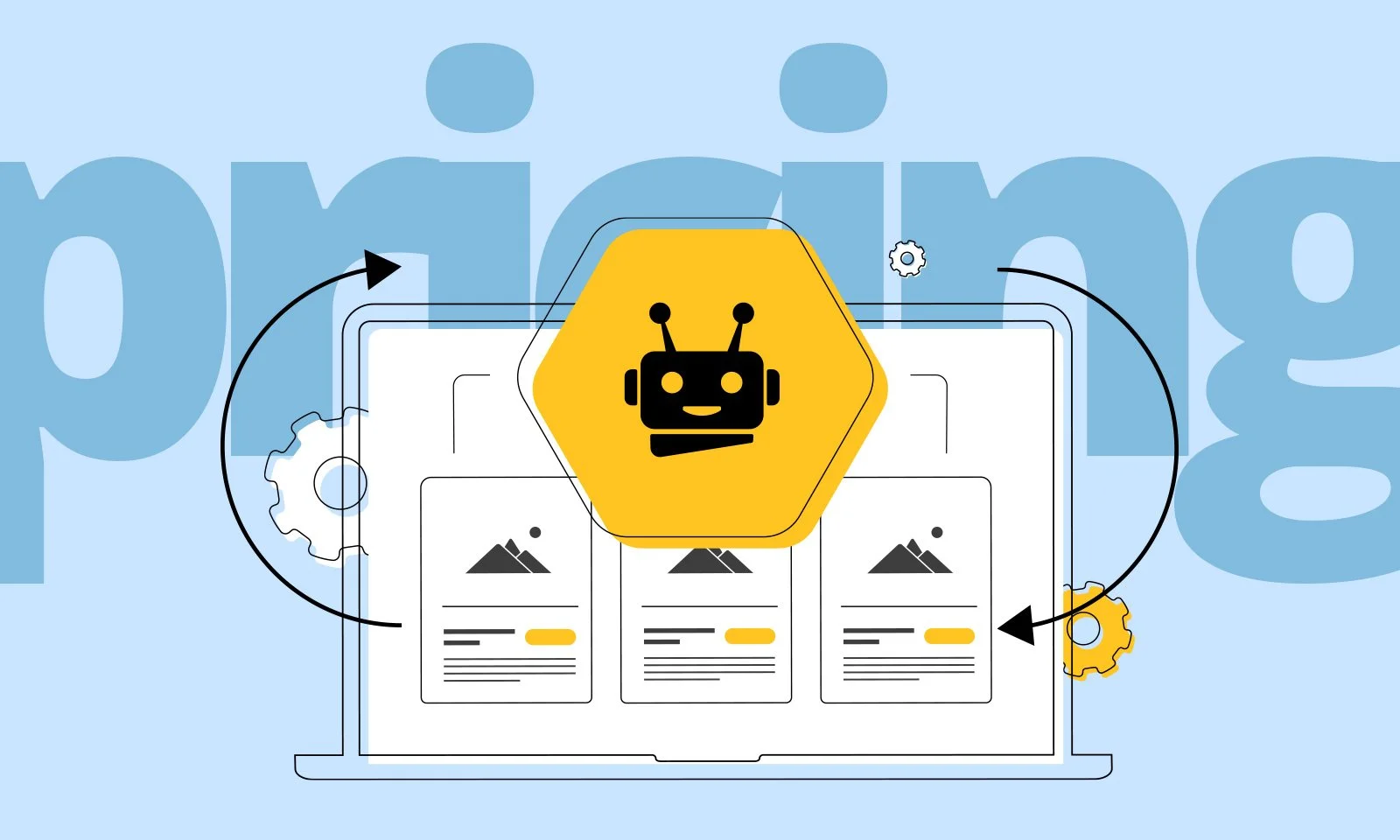Good energy is contagious
By Gregory Ronczewski, Director of Product Design at Ibbaka. See his skill profile.
The Grand Canyon. Scientists do not agree regarding its age. Is it 5-6 million years, 17 million years or 70 million years old? Significant differences and many years to comprehend. We can safely say, though, that for thousands of years, the Colorado River has been cutting its waterway through layer after layer creating what is this magnificent feature—446 kilometres long with a maximum depth of 1,829 meters. Simply amazing. A slow but very effective process. I haven't been there, but even looking at photos or movies, the sheer scale puts everything in perspective. The water's persistence, commitment, and loyalty in running its course without hesitation—day after day.
It is the same process that, on a smaller scale, we encounter within the formation of our habits. Once a routine is established, it is tough to change its course, like changing the riverbed and forcing it into a different channel. So if changing a habit is problematic, how about creating a new one? What does it take to create and sustain—the most challenging part—a new habit, a new river of thoughts and actions? The biggest challenge will be to apply the knowledge to build habit-forming products and services.
How does habit formation work? A few excellent books look at habits from different perspectives. Atomic Habits - An Easy & Proven Way to Build Good Habits & Break Bad Ones, by James Clear, is a must-read. Or, The Power of Habit - Why we do what we do in life and business, by Charles Duhigg. Another excellent place to start is Hooked - How to Build Habit-forming Products, a book by Nir Eyal organized around what he calls the Hook Model. There are four steps in the model:
Internal or external trigger. It can be anything, but obviously, in the business world, we are looking at products that can trigger actions - an email, a notification sound on the phone, or the little red dot by the message icon. But also a time of day, a location or any other descriptors that places us in a particular, repeatable situation by affecting our senses. Even a smell can support habit formation.
Action. A behaviour executed in anticipation of a reward - satisfaction that comes in many different forms. Sometimes it is conscious, and sometimes, it just happens, totally unconscious. Most commonly, at first, it is a deliberate process, which later becomes automatic. We love to operate on auto-pilot.
Next, Eyal lists Variable Reward. It is based on the primary feedback loop theory that seeks to explain what surrounds us all the time—wants and desires that drive us nuts trying to satisfy a craving. Physical, like something sweet, but often, psychological - a scrolling forever Instagram feed, picture after picture - no need to think - what is the next one, and the next. Or a lottery - the slot machines.
Investment is the last phase of the Hook Model. It is the step when we see a form of engagement leading to a possibility that this action will happen again. Hence the Hook Model - the cycle of triggers, actions, rewards and investments, the habit-forming technologies are exploiting us, the users, through games, wearables, and increased connectivity to everyone and everything.
While this model certainly works and has been well documented, let's not forget about a few deeper mechanics at play in our daily activities. I am talking about energy management. The human brain represents approximately two percent of body weight, yet, it consumes about twenty percent of available energy. It needs oxygen and calories. It is the most energy-demanding organ in our bodies. The result is thinking, imagining, and accessing the memory bank - let's not forget about learning, another intense brain function.
So while the feedback loops are constantly running, the underlying energy management will do everything in its power to keep the meter on low demand all the time. And there is nothing we can do about it. It is how we have been designed. It is why we hear about removing friction, fewer clicks, easy access, no-brainer solutions, single signups, and all AI-infused moments where "thinking is not required." Here, we often slide into familiar, old selves pushing the reset button - the default settings.
“Many innovations fail because consumers irrationally overvalue the old while companies irrationally overvalue the new.”
Of course, it is more complicated, and technology, apps, and other smart things are not necessarily bad. It is a question of balance of high activities and periods of rest. Thinking is essential to our existence, and the brain needs training. Without some gymnastics, neural networks slowly disappear - Use it or lose it. However, with analysis, critical thinking, and engaging in impossible ideas—time travel, for instance—we can grow neurons and connections in the brain - another well-documented fact. Do not underestimate the power of thought - every invention, every gadget in our pockets was once just a thought in someone's brain. So yes, the brain uses a lot of energy, but at the same time, it generates new energy too. And we can feel it - elevated by a thought, a business idea and related opportunities, and we are literally catapulted into a new reality just created.
Combining usefulness, amusement, and curiosity with enough engagement results in products we all love to use. Not because they do not require thinking but because they supply connections, foster growth and offer something irreplaceable - our humanity, empathy and a sense of being part of something bigger. For me, there is one invention that ticks all the boxes, and while it is not 6 or 70 million years old, a book is still giving me a perfect balance of brain activity that over-delivers, time and again.
How is it that some products, or services, for that matter, feel so good? The weight of the pairing knife is perfectly balanced in your hand. Or an app on your phone, with its UI that is so intuitive. Is it only the physical aspect that attracts our attention and repeated usage? Or perhaps, there is something else involved? So often, we hear, "there was so much love, time and attention that went into this product," listening to another success story. It may be taken metaphorically, but it simply describes how our thoughts, emotions, and focus become energy that propels everything around us. When ideas, desires, love and dedication expressed by the design team towards a product align with similar passions, wants, and necessities experienced by the user, a beautiful harmony is formed - satisfaction that will guarantee repeat use of a product or service.
Let's finish with another quote from Hooked - a quote that relates to Ibbaka and our quest to "Justify Value. Drive Revenue, and Grow."
“Users who continually find value in a product are more likely to tell their friends about it.”










